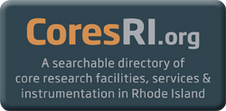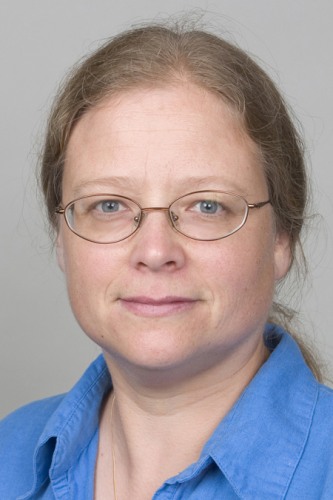X-Ray Reconstruction of Moving Morphology (XROMM) Facility
X-ray Reconstruction of Moving Morphology (XROMM) is a 3D imaging technology, developed at Brown University, for visualizing rapid skeletal movement in vivo.
X-Ray Reconstruction of Moving Morphology (XROMM) Facility
X-ray Reconstruction of Moving Morphology (XROMM) is a 3D imaging technology, developed at Brown University, for visualizing rapid skeletal movement in vivo.
About
X-ray Reconstruction of Moving Morphology (XROMM) is a 3D imaging technology, developed at Brown University, for visualizing rapid skeletal movement in vivo.
XROMM combines 3D models of bone morphology with movement data from biplanar x-ray video to create highly accurate (±0.1 mm) re-animations of the 3D bones moving in 3D space.
Rapid bone motion, such as during bird flight, frog jumping, and human running, can be visualized and quantified with XROMM.
Find Us on CoresRI!
Services and Instruments
Service Request and Reservations
Please go to Brown University iLab
Login with your Brown credentials and select the XROMM Core from the drop-down menu. Then click on “schedule equipment” or “request services” and follow the instructions for reservations and billing.
New External and Commercial Customers click here
Rates
FY26 Rates
| Service | Units | Internal Academic Rate* | External Academic Rate |
|---|---|---|---|
| XROMM | Day | $1,052 | $1,677 |
| CT Scanner | Hour | $234 | $373 |
| SkyScan 1276 in vivo microCT scanner | Hour | $65 | $104 |
| GE Lightspeed Scanner | Hour | $229 | $366 |
| XMAPortal Fee | Deposit | $450 | $717 |
| Technical Assistance | Hour | $51 | $81 |
*Rates for Brown and Rhode Island Academic and Hospital Affiliates
Effective 11/5/2025
For XROMM, setup days are charged at the regular daily rate when staff support is required for setup.
Contacts/Location
Director, XROMM Technology Development Project
Resources for Grants
Acknowledgment
We thank the Office of the Vice President for Research at Brown University, the RIH Orthopaedic Foundation, and the Bushnell Research and Graduate Education Fund for essential seed funding at the start of the XROMM development project. The W.M. Keck Foundation generously provided funding for the development of biplanar videoradiography hardware, and in support of our interdisciplinary collaborative development of XROMM software. The Instrument Development for Biological Sciences Program at the US National Science Foundation provided funding for the development of low-cost x-ray hardware and XROMM software for comparative biomechanics research.

